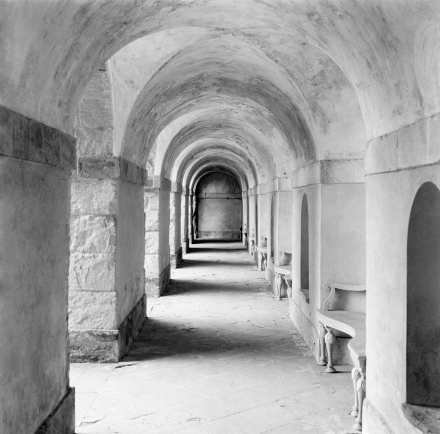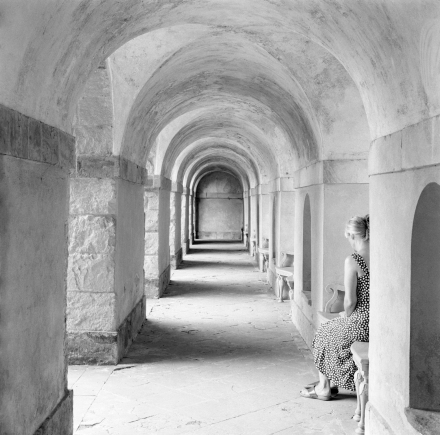 It is a curious path we tread, the way things crop up unexpectedly as you turn a page, leaf a book, watch something either idly or intently; and so it was that when I read Zadie Smith’s (revisiting) review of JG Ballard’s ‘Crash’ – as it is being reissued shortly – that I felt various and welcome intrusions into how I thought about my art, or at least the burgeoning concept of it all.
It is a curious path we tread, the way things crop up unexpectedly as you turn a page, leaf a book, watch something either idly or intently; and so it was that when I read Zadie Smith’s (revisiting) review of JG Ballard’s ‘Crash’ – as it is being reissued shortly – that I felt various and welcome intrusions into how I thought about my art, or at least the burgeoning concept of it all.
Smith explains how, on a publishing boat trip, she blundered into Ballard and spent an excruciating few minutes failing to connect with the author, explaining how she felt that he was an insider as opposed to herself a complete outsider. I wondered about her choice of metaphor, why not an ‘othering’, perhaps she was referring to Camus, who is constantly mentioned in ‘Crash’ as an exemplar of car crash victims “Camus died on 4 January 1960 at the age of 46, in a car accident near Sens, in Le Grand Fossard in the small town of Villeblevin. In his coat pocket was an unused train ticket. He had planned to travel by train with his wife and children, but at the last minute he accepted his publisher’s proposal to travel with him” Wikipedia direct quote. The quote sounds like a line from the book, it sets up a narrative tension; the ‘what-if’ so often used for developing a fiction. From my perspective Ballard was as much an “Étranger” as Smith, spending his youth in the Orient including the war years before studying in Cambridge, but no matter.
 The conjunction of Smith’s review, Ballard’s text, Wikipedia’s anonymous entry and my attempt at fathoming a way forward allowed me to engage with ideas that I wouldn’t have done without that Smith fortuitous happenstance.
The conjunction of Smith’s review, Ballard’s text, Wikipedia’s anonymous entry and my attempt at fathoming a way forward allowed me to engage with ideas that I wouldn’t have done without that Smith fortuitous happenstance.
 “We live in a world ruled by fictions of every kind – mass-merchandising, advertising, politics conducted as a branch of advertising, the pre-emptying of any response to experience by the television screen. We live inside an enormous novel. It is now less and less necessary for the writer to invent the fictional content of his novel. The fiction is already there. The writer’s task is to invent reality.”
“We live in a world ruled by fictions of every kind – mass-merchandising, advertising, politics conducted as a branch of advertising, the pre-emptying of any response to experience by the television screen. We live inside an enormous novel. It is now less and less necessary for the writer to invent the fictional content of his novel. The fiction is already there. The writer’s task is to invent reality.”
I was particularly struck by the concluding sentence – above – from Ballard’s introduction to his novel ‘Crash’, and later in the same piece he goes to say…
“The most prudent and effective method of dealing with a world around us is to assume that it is a complete fiction.”
 Whether I agree with all of this I am not sure though I certainly have a great deal of sympathy with the underlying premise that through fiction we, as artists, can try to illustrate certain truths – or perhaps more accurately truths as we see them. The dystopian world that Ballard describes, this self confessed cautionary tale of auto-eroticism (in both senses of the term) is not an ambition the scale of which I would want to attempt. And I was also reminded of Anna Fox’s talk about the nature and ability of fiction for revealing truth, or truths; constructed narratives and of Fontcuberta’s fictions about truth and the function of the visual image….
Whether I agree with all of this I am not sure though I certainly have a great deal of sympathy with the underlying premise that through fiction we, as artists, can try to illustrate certain truths – or perhaps more accurately truths as we see them. The dystopian world that Ballard describes, this self confessed cautionary tale of auto-eroticism (in both senses of the term) is not an ambition the scale of which I would want to attempt. And I was also reminded of Anna Fox’s talk about the nature and ability of fiction for revealing truth, or truths; constructed narratives and of Fontcuberta’s fictions about truth and the function of the visual image….
Of course I couldn’t fail to notice the confluence of Will Self’s association, his introduction to the mis-en-scene via his long association with Ballard, the Psychogeographic references through Smith as well as, of course, Self himself. I wonder whether these strands are indicating themselves to me because I am allowing it, or whether, perhaps as a Ballardian motif might suggest, they are predetermined.
Ballard, in the same introduction plaintively suggests:
“All he [the writer] can do is devise various hypotheses and test them against the facts.” I wonder if for me those twin nouns aren’t in fact reversed. That my job as an artist is to devise facts and test them against hypotheses?
 And so I read ‘Crash’ and found much of what Self describes in his wanderings, the ordinary, elevated through inspection and association with the self. The tale told through an outsider’s perspective of a youth whose life had observed a societal collision of cultures in Shanghai – American, Chinese, Japanese and colonial English; as far removed from Shepperton’s notoriety as the imagined facts that Ballard’s anti-hero encountered in the plot. Ballard’s fictive truths created a world as he experienced it and how it created Ballard, they are inextricably linked. Reality, or truth is stranger than fiction, even the fiction that pervaded Ballard’s landscape of perverted ordinariness. Fontcuberta’s truths tell us about how willing we are to accept those dystopia’s and maybe Fox reveals how we might also consider the ordinary as not a perversion.
And so I read ‘Crash’ and found much of what Self describes in his wanderings, the ordinary, elevated through inspection and association with the self. The tale told through an outsider’s perspective of a youth whose life had observed a societal collision of cultures in Shanghai – American, Chinese, Japanese and colonial English; as far removed from Shepperton’s notoriety as the imagined facts that Ballard’s anti-hero encountered in the plot. Ballard’s fictive truths created a world as he experienced it and how it created Ballard, they are inextricably linked. Reality, or truth is stranger than fiction, even the fiction that pervaded Ballard’s landscape of perverted ordinariness. Fontcuberta’s truths tell us about how willing we are to accept those dystopia’s and maybe Fox reveals how we might also consider the ordinary as not a perversion.
I now have a copy of “The Atrocity Exhibition’, where that will lead with a William Burroughs preface I shall to wait and see.
I know I’ve commented on Flickr but wanted to say again how intrigued I am by your series here and wondering whether you’re going to develop it into something larger.
I began to see the series again when I started to write the piece. These images have been worked, as opposed to when I posted on Flickr when they were raw scans, and now they are in a structured order, helping to define a narrative. I hope to do more of these types of investigations into narrative forms.